2JZ-GTE VVTi Twin Turbo 3.0 Engine: A Detailed Overview
The 2JZ-GTE VVTi Twin Turbo 3.0 engine stands as a pinnacle of automotive engineering, synonymous with performance, reliability, and modification potential. Manufactured by Toyota, this engine has become legendary among enthusiasts and racers alike. Here, we delve into the key aspects of this remarkable powertrain.
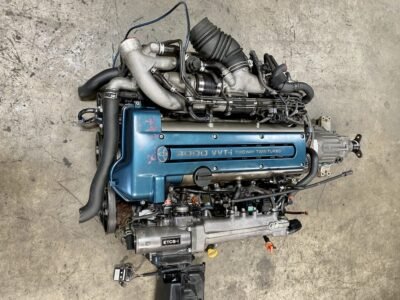
1. Engine Specifications
- Displacement: 2,997 cc (3.0 liters)
- Configuration: Inline-6
- Valvetrain: DOHC with VVTi (Variable Valve Timing-intelligent)
- Forced Induction: Twin sequential turbos
- Compression Ratio: 9.0:1
- Fuel System: EFI (Electronic Fuel Injection)
- Power Output:
- Stock: 276-280 hp (206 kW) at 5,600 RPM
- Torque: 451 Nm (333 lb-ft) at 3,600 RPM
- Redline: 7,000 RPM
- Bore and Stroke: 86 mm x 86 mm

2. Key Features
a. VVTi Technology
Introduced in 1997, Toyota’s VVTi technology adjusts camshaft timing to enhance efficiency and performance. It improves low-end torque, reduces emissions, and optimizes fuel consumption without sacrificing power at higher RPMs.
b. Twin Turbo System
The 2JZ-GTE uses a sequential twin-turbo setup:
- Primary Turbo: Engages at lower RPMs for instant response.
- Secondary Turbo: Activates at higher RPMs to deliver peak power. This system ensures a smooth power band and minimizes turbo lag.
c. Overbuilt Design
The engine’s iron block, forged internals, and robust head gasket can handle immense power. These features make it ideal for aftermarket tuning, with many engines reliably producing over 1,000 hp.

3. Applications
The 2JZ-GTE VVTi was used in various Toyota and Lexus models, including:
- Toyota Supra MKIV (JZA80): The most iconic application.
- Toyota Aristo (JZS161): A luxury sedan with performance credentials.
4. Modification Potential
The 2JZ-GTE is revered for its ability to handle significant upgrades:
- Turbo Upgrades: Swapping the twin turbos for a single large turbo is common for high horsepower builds.
- Fuel System Upgrades: Larger injectors, high-flow fuel pumps, and standalone ECUs are typical.
- Internal Reinforcements: While the stock internals are strong, aftermarket pistons, rods, and cranks are used for extreme builds.
- Tuning: ECU tuning unlocks the full potential of modifications.
With these upgrades, outputs of 600-1,500 hp are achievable, depending on the build.

5. Popularity in Motorsports and Tuning Culture
The 2JZ-GTE’s reliability and power have made it a favorite in various motorsport disciplines:
- Drag Racing: Its ability to handle high boost pressures makes it a dominant force.
- Drifting: Smooth power delivery and balance suit the drifting style.
- Time Attack & Circuit Racing: High power and durability ensure competitiveness.
It is also a staple in the tuning community, with extensive aftermarket support.
6. Comparison to Other Legendary Engines
- Nissan RB26DETT: Both engines have strong aftermarket support and racing pedigrees, but the 2JZ-GTE is often considered more durable under extreme conditions.
- Mitsubishi 4G63: While capable, the inline-4 layout limits its displacement and power potential compared to the 2JZ-GTE.

7. Legacy and Future
Despite production ceasing in the early 2000s, the 2JZ-GTE remains highly sought after. With advancements in aftermarket technology, this engine continues to evolve and dominate the performance scene.
Conclusion
The 2JZ-GTE VVTi Twin Turbo 3.0 engine represents a masterpiece of automotive engineering. Its blend of reliability, performance, and versatility has cemented its status as a legend in the automotive world. Whether in stock form or modified to extreme levels, the 2JZ-GTE continues to inspire and excite enthusiasts around the globe.

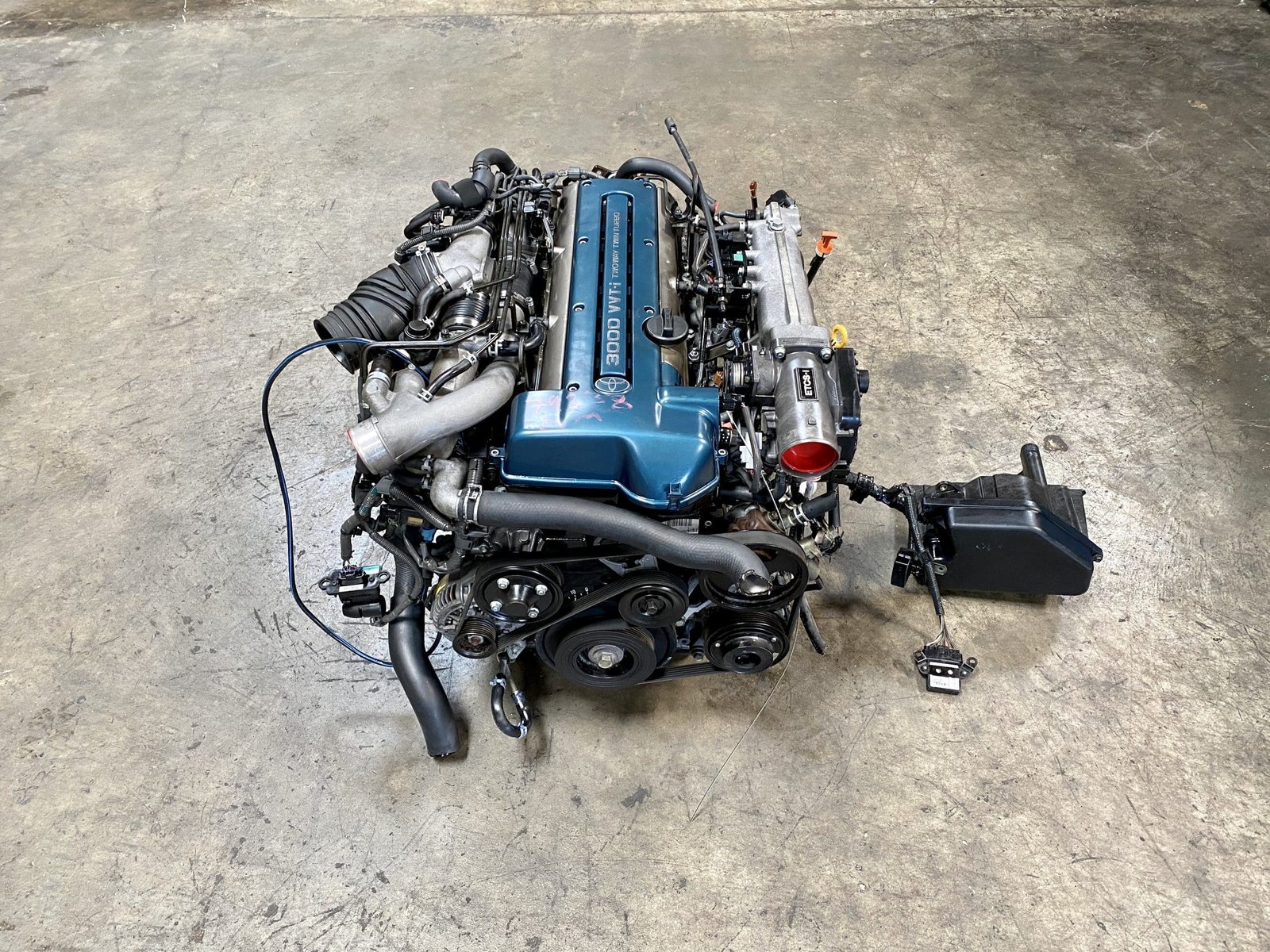
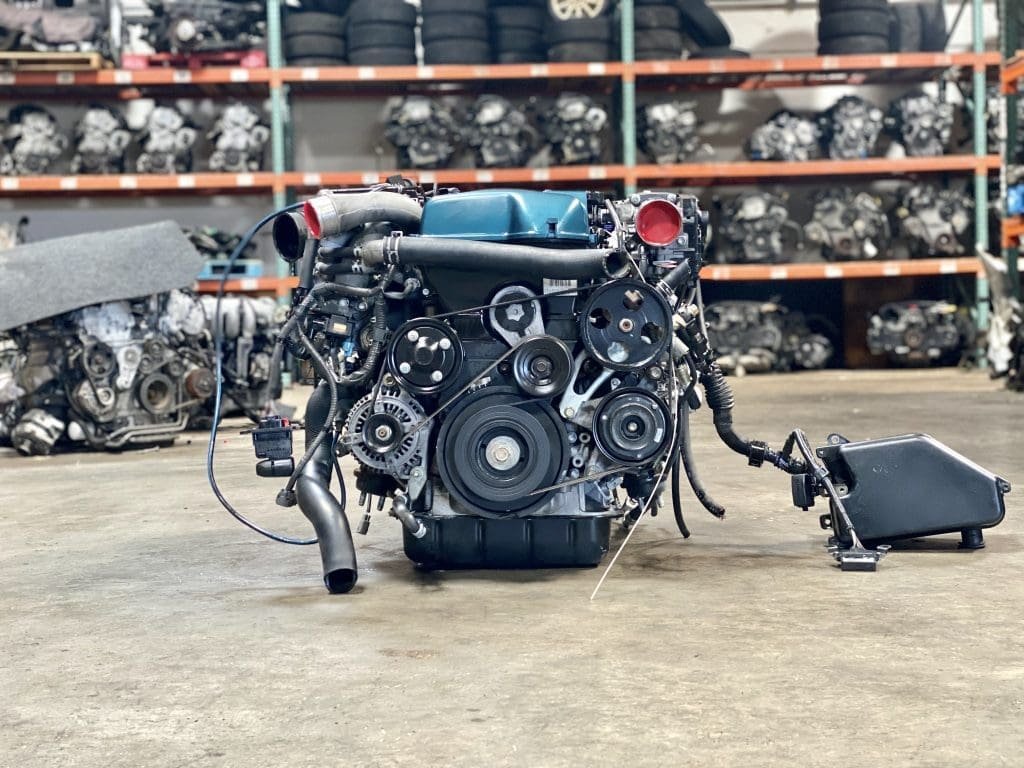
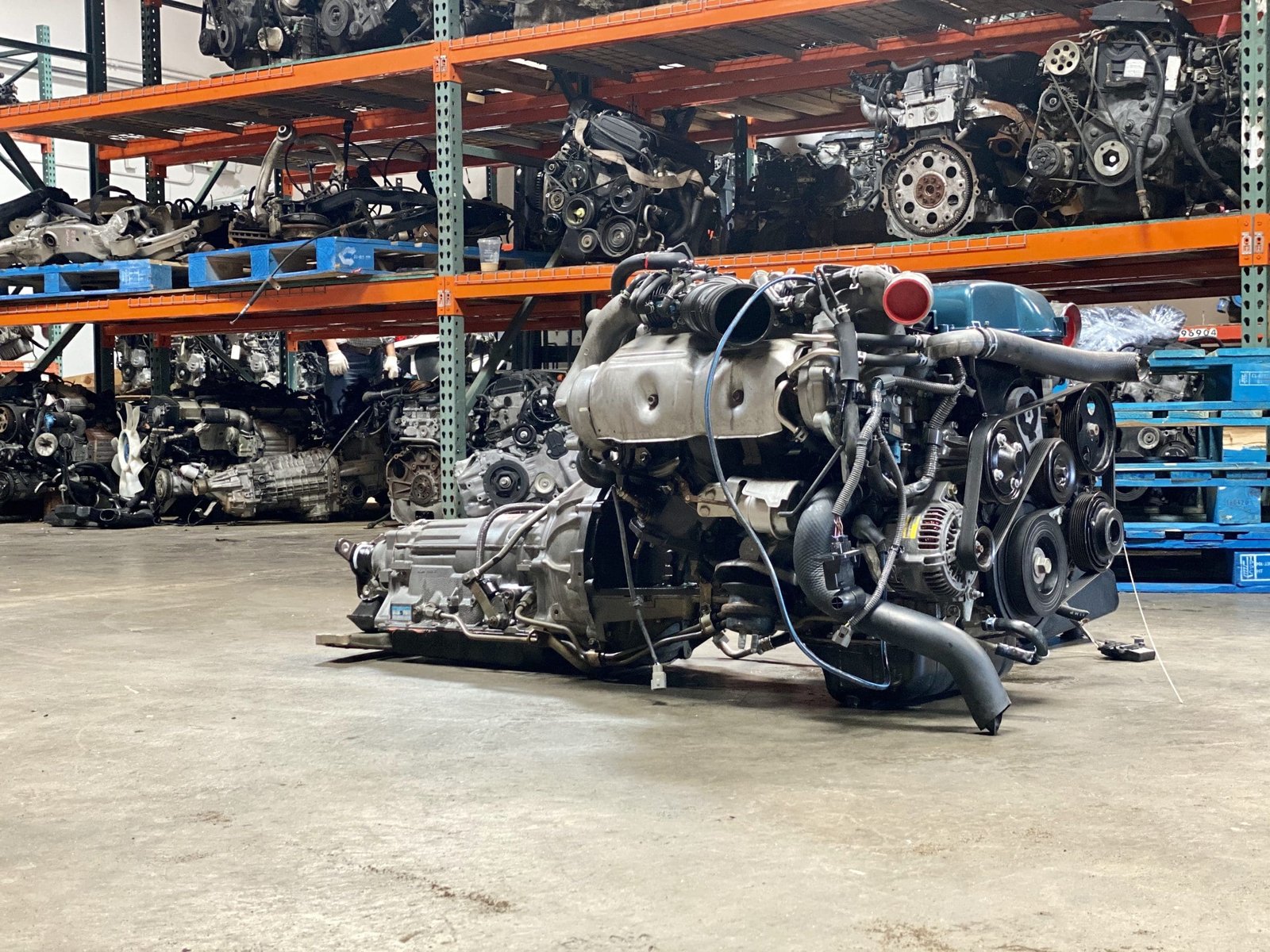
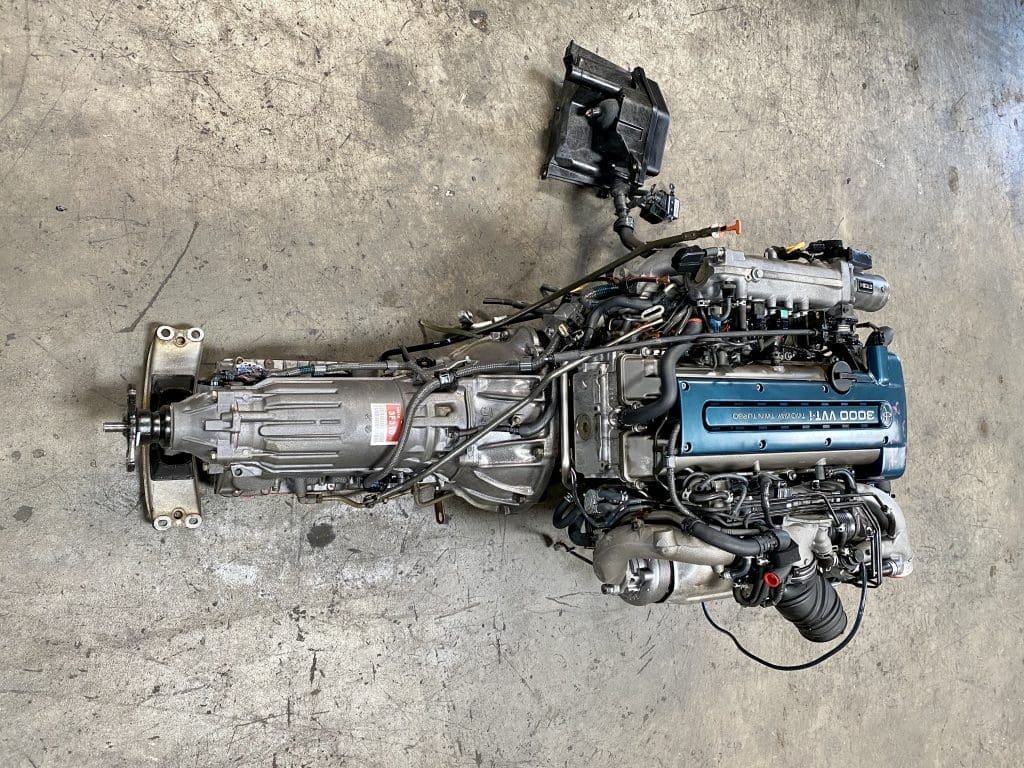

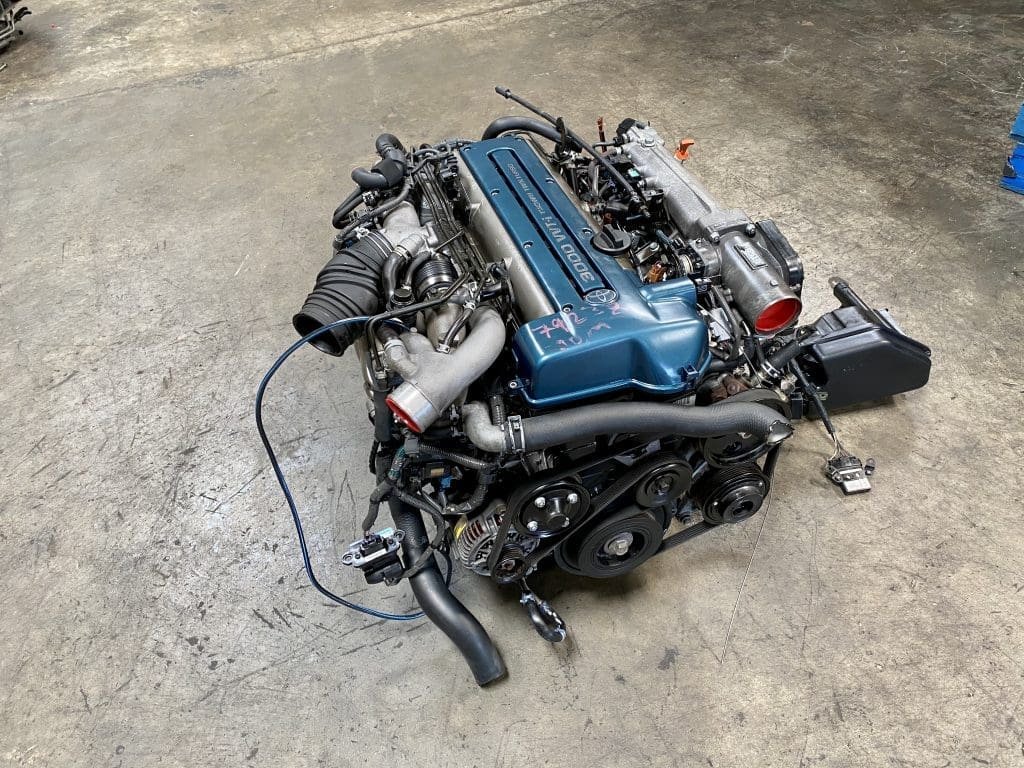
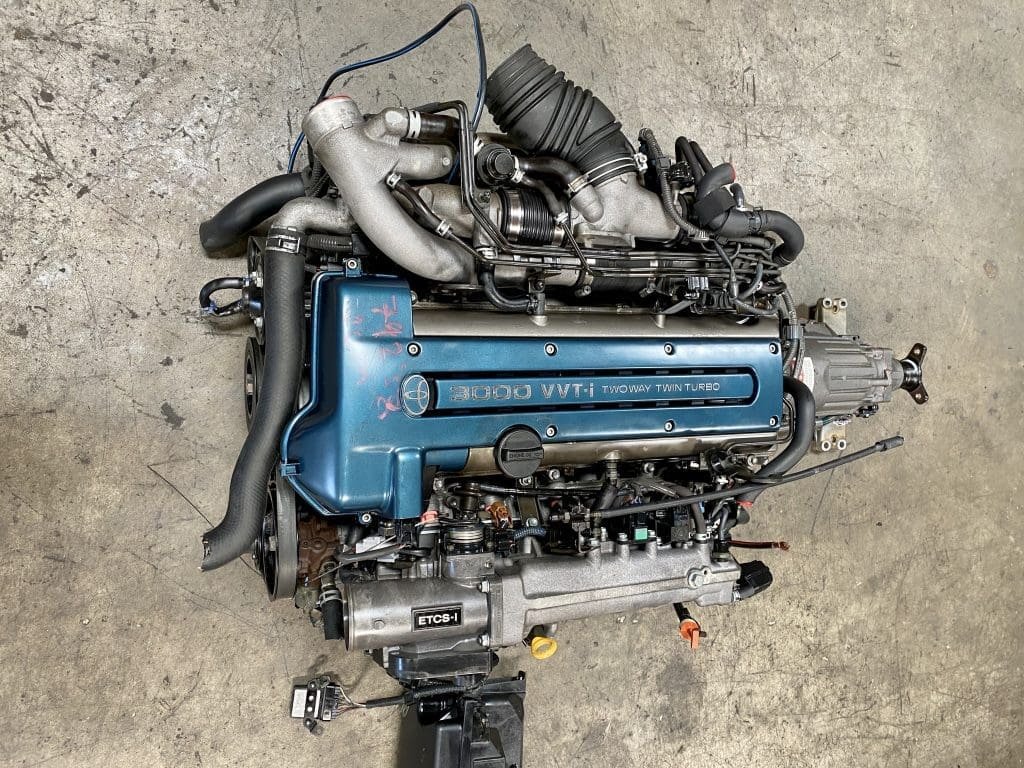

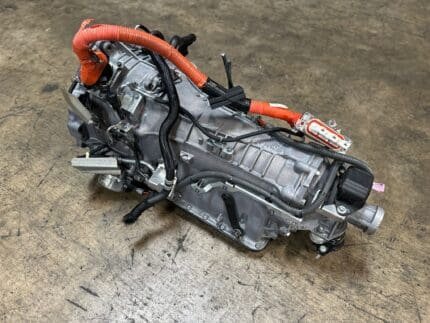

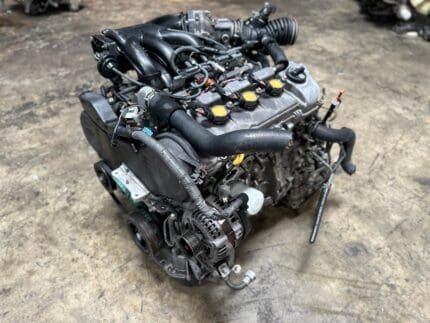

Reviews
There are no reviews yet.